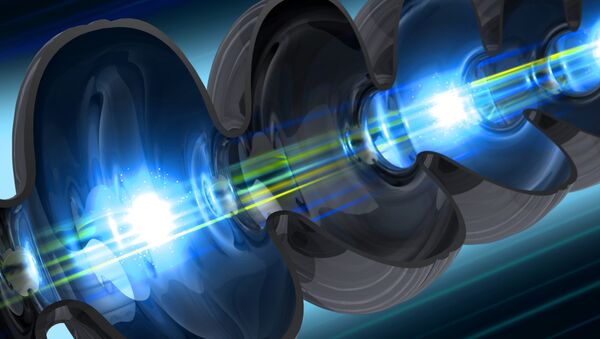"The upgrade will benefit X-ray experiments in many different ways, and I'm very excited to use the new capabilities for my own research," Brown University Professor Peter Weber commented on the new laser, which is called a Linac Coherent Light Source (LCLS) and is located at the SLAC National Accelerator Laboratory at Stamford University in California.
"With LCLS-II, we'll be able to bring the motions of atoms much more into focus, which will help us better understand the dynamics of crucial chemical reactions," Weber said.
The LCLS laser is used by hundreds of scientists each year to look in detail at nature's fundamental processes, for example at how chemical bonds form and break, to capture electric charges as they rapidly rearrange in materials and change their properties, and to take 3-D images of disease-related proteins that could hold the key for discovering potential cures.
Accelerating electrons through a series of these cavities allows the generation of an almost continuous X-ray laser beam with pulses that are on average 10,000 times brighter than those currently produced by LCLS and arrive up to a million times per second, Stanford reported.





